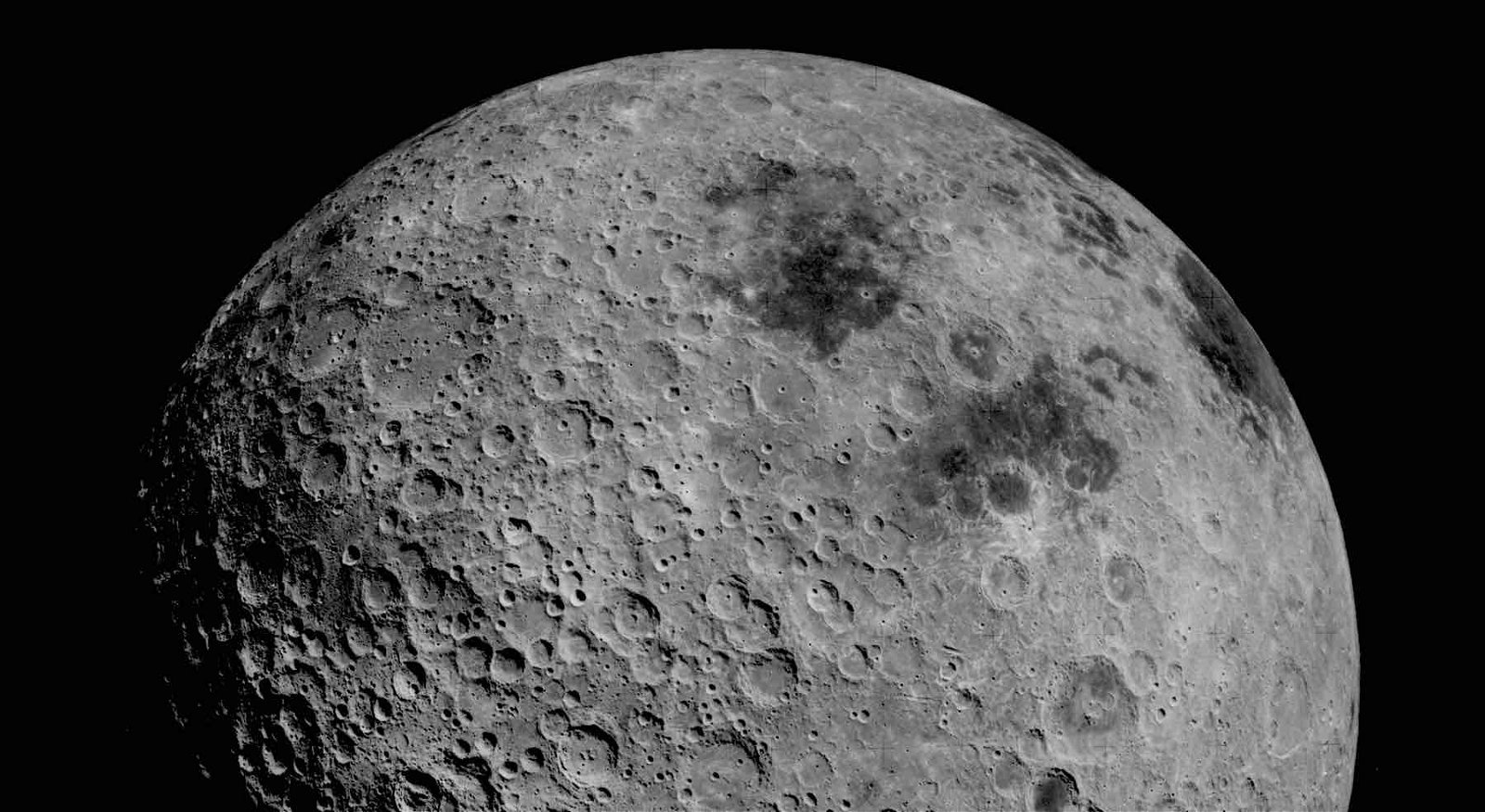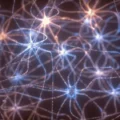The “Dark Ages of the Universe” will be the focus of a new experiment conducted jointly by NASA and the U.S. Department of Energy (DOE), involving the placement of a new science observatory on the far side of the Moon.
370,000 years after the Big Bang, charged electrons and protons formed the bonds that gave rise to electrically neutral atoms of hydrogen in the earliest epochs of the universe. This process, called recombination, accompanied a period where decoupling—atoms falling out of equilibrium with each other—also occurred, after which a transparent universe whose temperature had cooled enough to allow the passage of light over long distances had yet to form the galaxies and individual stars that produce such luminosity. It would be millions of years—perhaps hundreds of millions—before those stars eventually formed.
Referred to as the “Dark Ages of the Universe,” this ancient period will be the focus of explorations by the Lunar Surface Electromagnetics Experiment – Night (LuSEE-Night), a robotic radio telescope that will be sent to the distant lunar landscape furthest from Earth, and designed to measure conditions that occurred in our universe shortly after the Big Bang.
The development of the instrument, one capable of operating in the harsh environment on the surface of Earth’s natural satellite, is a collaboration between NASA’s Science Mission Directorate and the DOE’s Brookhaven National Laboratory, as well as the DOE’s Office of Science, and UC Berkeley’s Space Sciences Laboratory.
“This collaboration further strengthens the longstanding partnership between NASA and the DOE to enable space innovation and exploration,” read a NASA statement issued this week.
Currently, astronomers rely on radio waves to be able to measure the remnants of this ancient Dark Age that still echo through our universe. NASA says that its collaboration with the DOE to place LuSEE-Night on the Moon “provides an opportunity to learn how the first non-luminous matter evolved into the stars and galaxies that we see dominating the observable Universe today.”
Radio waves the likes of which NASA and the DOE will be attempting to measure with LuSEE-Night cannot be discerned from here on Earth with conventional radiotelescopes due to the fact that they are intercepted by electromagnetic noise of the inner solar system and Earth’s own ionosphere, which is impermeable to such frequencies.
The Moon, on the other hand, possesses no such ionosphere, and on its far side, the lunar body shields its furthest-facing surface from the “noise” generated by radio emissions from our planet, in addition to those emanating from the Sun during periods of lunar night, and emissions from planets like Jupiter and Saturn.
Such windows provide a unique opportunity for astronomers to attempt to gather information on this ancient universal epoch with LuSEE-Night, which will be capable of detecting these faint radio “echoes” from near the beginning of time.
Although the lunar landscape on the far side of the Moon provides an optimal location to search for radio waves from the Dark Ages of the Universe, designing a radio telescope observatory capable of surviving in the extreme cold and other harsh conditions occurring there presents challenges.
Temperatures at around 250°F by day plummet to well below -270°F once the Moon is shielded from the light of the Sun, meaning that a science instrument capable of managing both extremes is required for LuSEE-Night to complete its mission.
Joel Kearns, the deputy associate administrator for exploration in NASA’s Science Mission Directorate, says LuSEE-Night will be designed for operations “when no sunlight is available to generate power or heat,” according to a recent statement.
Kearns added that the “demonstration of the LuSEE-Night lunar night survival technology is critical to performing long-term, high-priority science investigations from the lunar surface.”
“Every time we have opened a new frequency window in cosmology, we have unlocked new discoveries about the history of the Universe and our place within it,” said Anže Slosar, the LuSEE-Night science collaboration spokesperson in a statement.
It remains to be seen whether LuSEE-Night’s design can handle the intense requirements of its mission. However, doing so has implications that extend well beyond just its current mission: it may also help to facilitate similar technologies that will eventually be required for ensuring a sustained human presence on the Moon.
According to current timelines, LuSEE-Night is expected to arrive on the Moon sometime in 2025 and will be carried to its destination by Commercial Lunar Payload Services (CLPS).
Micah Hanks is the Editor-in-Chief and Co-Founder of The Debrief. He can be reached by email at micah@thedebrief.org. Follow his work at micahhanks.com and on Twitter: @MicahHanks.

